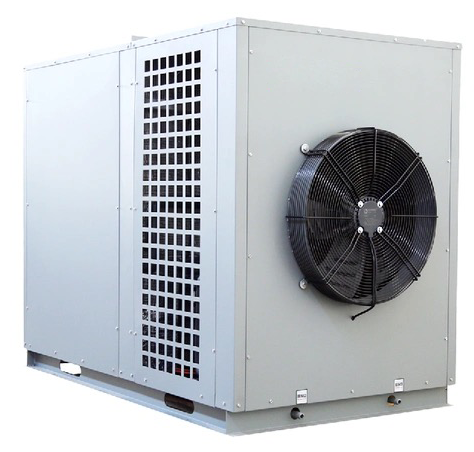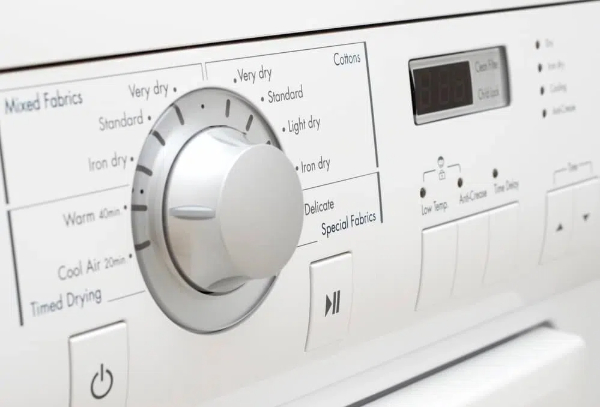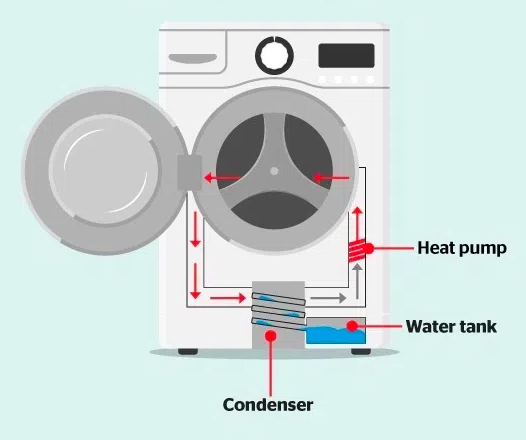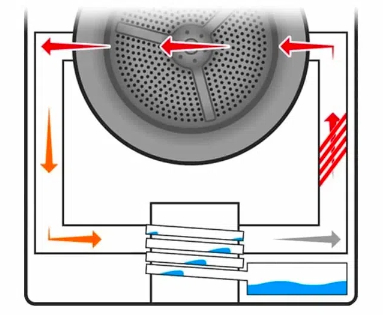
Content Menu
● Introduction
● What is a Heat Pump Tumble Dryer?
● How Much Electricity Does a Heat Pump Tumble Dryer Use?
● Benefits of Using a Heat Pump Tumble Dryer
● How to Choose the Right Heat Pump Tumble Dryer
● Maintenance Tips for Heat Pump Tumble Dryers
● Conclusion
● Frequently Asked Questions
>> 1. How much does it cost to run a heat pump tumble dryer?
>> 2. Are heat pump dryers worth the investment?
>> 3.Can I install a heat pump dryer anywhere in my home?
>> 4.How long does it take to dry clothes in a heat pump dryer?
>> 5.Do heat pump dryers require special maintenance?
Introduction
Heat pump tumble dryers have gained popularity in recent years due to their energy efficiency and cost-effectiveness. Unlike traditional dryers, which vent hot air outside, heat pump dryers recycle air within the machine, making them a more sustainable choice for drying clothes. This article explores how much electricity these dryers use, their benefits, and why they might be the right choice for your home.

What is a Heat Pump Tumble Dryer?
A heat pump tumble dryer is a type of dryer that uses a heat pump to dry clothes. It works by drawing in air from the room, heating it, and then passing it through the wet laundry. The moisture is extracted from the clothes and condensed into water, which is either collected in a tank or drained away. This process is much more energy-efficient than traditional dryers, which can waste a lot of heat.
How Much Electricity Does a Heat Pump Tumble Dryer Use?
The energy consumption of a heat pump tumble dryer can vary based on several factors, including the model, load size, and drying cycle selected. On average, heat pump dryers use about 0.6 kWh per cycle, significantly less than traditional dryers, which can use up to 2 kWh per cycle. This efficiency translates to lower electricity bills and a reduced carbon footprint.
Benefits of Using a Heat Pump Tumble Dryer
1. Energy Efficiency: Heat pump dryers are designed to use less energy, making them an environmentally friendly option. They can save users a significant amount on their electricity bills over time.
2. Gentle on Fabrics: These dryers operate at lower temperatures, which helps to protect delicate fabrics from damage and shrinkage.
3. Versatile Installation: Unlike traditional dryers that require venting, heat pump dryers can be installed in various locations within the home, providing more flexibility in laundry room design.
4. Condensation Management: Heat pump dryers condense moisture from the air, which can be drained away or collected in a tank, reducing humidity levels in the laundry area.

How to Choose the Right Heat Pump Tumble Dryer
When selecting a heat pump tumble dryer, consider the following factors:
1. Capacity: Choose a model that fits your household's laundry needs. Larger capacities are ideal for families, while smaller models may suffice for individuals or couples.
2. Energy Rating: Look for models with high energy efficiency ratings to maximize savings on electricity bills.
3. Features: Some dryers come with additional features such as smart technology, multiple drying programs, and sensor drying, which can enhance convenience and efficiency.
Maintenance Tips for Heat Pump Tumble Dryers
To ensure your heat pump dryer operates efficiently, regular maintenance is essential:
1. Clean the Filter: After each use, clean the lint filter to maintain airflow and efficiency.
2. Check the Condenser: Periodically clean the condenser unit to prevent blockages and ensure optimal performance.
3. Inspect Hoses and Drains: Ensure that any drainage hoses are clear and free from obstructions to prevent water buildup.
4. Regular Servicing: Consider having your dryer serviced by a professional every few years to keep it in top condition.
Conclusion
Heat pump tumble dryers represent a significant advancement in laundry technology, offering energy efficiency, cost savings, and gentle care for your clothes. By understanding their operation and benefits, you can make an informed decision about whether a heat pump dryer is the right choice for your home.

Frequently Asked Questions
1. How much does it cost to run a heat pump tumble dryer?
The cost varies based on usage, but on average, it can be around $31.20 annually for regular use.
2. Are heat pump dryers worth the investment?
Yes, they can save you money on energy bills in the long run, making them a worthwhile investment.
3.Can I install a heat pump dryer anywhere in my home?
Yes, heat pump dryers do not require external venting, allowing for flexible installation options.
4.How long does it take to dry clothes in a heat pump dryer?
Drying times can be longer than traditional dryers, typically taking 2-3 hours depending on the load size and moisture content.
5.Do heat pump dryers require special maintenance?
Regular cleaning of filters and condensers is necessary, along with periodic professional servicing to ensure optimal performance.












